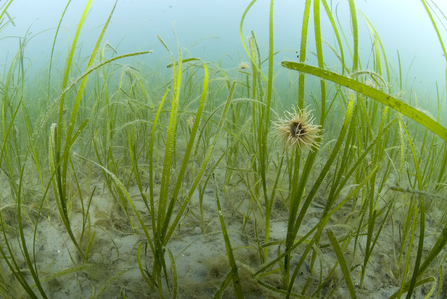Three is better than none, and it is still amazing that we will be making history in designating highly protected sites for the first time. But it’s nothing like enough – here’s why…
Nature is in big trouble and plummeting at a rate never seen before in history. Decade after decade we have continued to see declines in our wildlife – with 1 in 7 species in the UK now under threat from extinction. Despite all the ‘blue planet moments’ and Sir David Attenborough’s call to action, we are failing to turn the tide and bring wildlife back.
We have lost 20% of coastal habitat in England since 1954, more than 90% of our native oysters reefs in England since the mid 1800s, and up to 92% of seagrass from UK seas. The common skate is common no-more. Populations of angel shark have declined by 99%, basking sharks by 95% since the 1800s too – these are all trends we need to halt, urgently.
This is why designating highly protected sites are so crucially important. They provide nature with a lifeline – a chance to recover. Our shallow seas, diverse seabeds and deep underwater canyons can be healthy, productive and full of life once more. The government came up with a longlist of over 30 important places that deserve the highest protection and whittled it down to five precious places. Now we discover that only three have made the cut and the long term health of our seas has been sacrificed to the short term interests of the fishing industry – even though the industry has the most to gain from the spillover benefits of HPMAs of increased crab, lobster and other commercial species.



